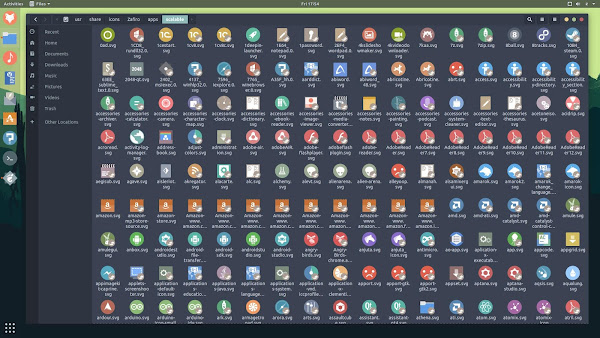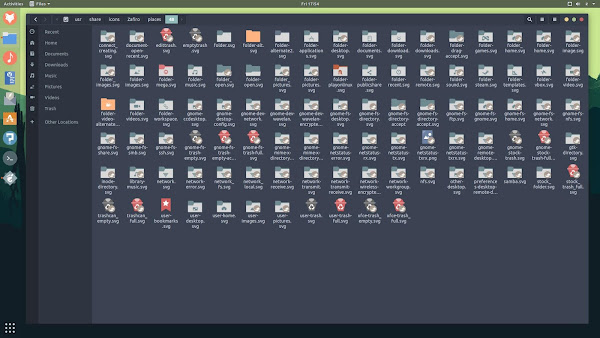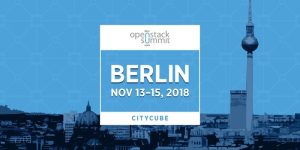If you are fond of dark theme whether it’s your personal liking or for comfort of your eyes, then you landed on the right page. Today, we introduce you to the very elegant theme called ”
“. This Gtk theme is created using the awesome Nord color pallete which looks amazing on the desktop, it is released under GNU General Public License V3. Nordic also pack theme for Gnome Shell, and support almost every desktop environment such as Gnome, Cinnamon, Mate, Xfce, Mate, Budgie, Panteon, etc. If you are using distribution other than Ubuntu/Linux Mint then download the theme directly from its page and install it in this location “~/.themes” or “/usr/share/themes”. Since Nordic theme pack is in active development that means if you find any kind of bug or issue with it then report it to get fixed.
icon set is a perfect blend with Nordic theme for your desktop. Minimalist icons created with the flat-desing technique, utilizing washed out colors and always accompanied by white. The priority is simplicity. Both are designed by the same person and are fairly new in the eye-candy town and released under AGPLv3 license. We should always have a door opened for new stuff and should always give a try, who know new things could be our next favorite. The icons are compatible with most of the Linux desktop environments such as Gnome, Unity, Cinnamon, Mate, Lxde, Xfce and others. You will find many application icons in this pack, if you want to add new icons or want to report missing icons or bug then report it to creator and hopefully it will get fixed as soon as possible in the next update.
Available for Ubuntu 18.04 Bionic/18.10/and other Ubuntu based distributions
To install Nordic GTK theme in Ubuntu/Linux Mint open Terminal (Press Ctrl+Alt+T) and copy the following commands in the Terminal:Available for Ubuntu 18.10 Cosmic/18.04 Bionic/16.04 Xenial/14.04 Trusty/Linux Mint 19/18/17/and other related Ubuntu derivatives
To install Zafiro icons in Ubuntu/Linux Mint open Terminal (Press Ctrl+Alt+T) and copy the following commands in the Terminal:
Don’t forget to give your feedback to creator, who put lots of his time in making this stuff for us for free!










 GNOME’s Night Light functionality
GNOME’s Night Light functionality